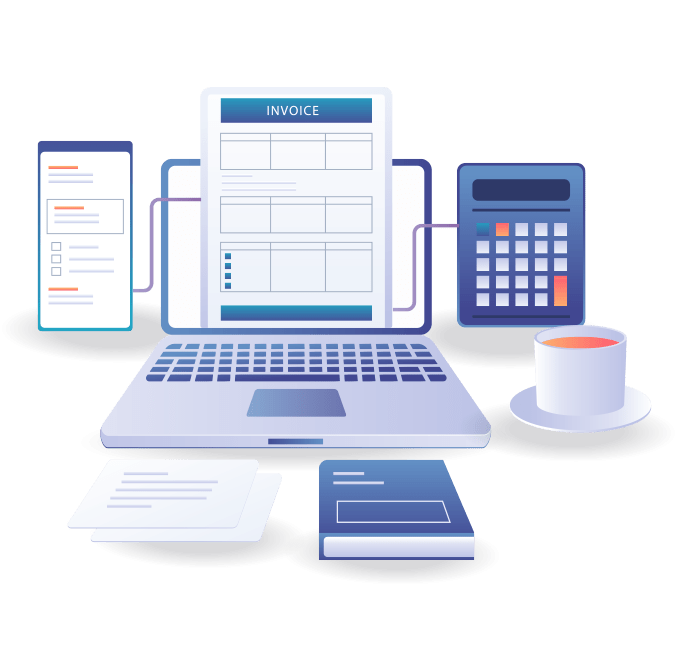
Making Tax Digital (MTD) is a Government scheme initially rolled out by HM Revenue & Customs (HMRC) in April 2019, and is the first stage of its digital tax administration strategy.
The initiative is intended to create a fully digital tax system in the UK, whereby taxpayers keep all records digitally and will use compatible software to make tax submissions.
Making Tax Digital (MTD) for VAT
As of April 2022, all VAT-registered businesses are required to follow the MTD for VAT rules and need to keep records and make VAT submissions digitally each quarter using compliant software.
Making Tax Digital for Income Tax Self-Assessment (MTD for ITSA)
Making Tax Digital for Income Tax Self-Assessment (MTD for ITSA) is the next phase of the MTD programme from HMRC and will replace the current system of annual Self-Assessment returns.
MTD for ITSA was initially scheduled to start in April 2024 and would have applied to all self-employed workers and landlords with an annual property and/or business income of more than £10,000.
However, a ministerial statement was released on 19 December 2022 that announced a delay to the start date and a change to the income threshold.
MTD for ITSA will now begin on 6 April 2026 and will apply to all self-employed workers and landlords with an annual property and/or business income of more than £50,000.
From April 2027, those earning more than £30,000 annually will also need to comply with MTD for ITSA.
With MTD for ITSA, sole traders and property owners will need to use MTD-compatible software, go digital with their finances, and submit tax returns quarterly.
MTD Compatible Software
Many businesses would have previously held all their accounting data on a spreadsheet and then entered their VAT returns manually via a Government gateway.
This is no longer possible, as Making Tax Digital requires all compliant businesses to submit their digital records using MTD-compatible software.
Many MTD-compatible software packages are available. However, some businesses will feel that implementing such software is too costly and onerous – with some of their clients unwilling or unable to make the change. This is where bridging software comes in.
This software, such as Summatech’s own bridging solution, allows businesses to continue using their spreadsheets to hold accounting data and will act as a ‘digital link’ between their spreadsheet or other non-compatible bookkeeping software and HMRC’s MTD system.
Using bridging software is a cost-effective way of staying compliant with MTD requirements and allows businesses to continue to use existing record-keeping methods without the need for a big overhaul or significant change for clients.
If you’d like to learn more about Summa Tech’s bridging software service, please contact us today.